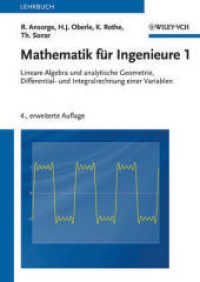Full Description
It is caused by a variety of compounds, such as foods, preservatives, fragrances, plant and animal products, metals, and rubber latex and the mechanism by which these provoke an immediate urticarial rash at the area of contact can be divided into two categories: non-immunological contact urticaria and immunological (allergic) contact urticaria.








